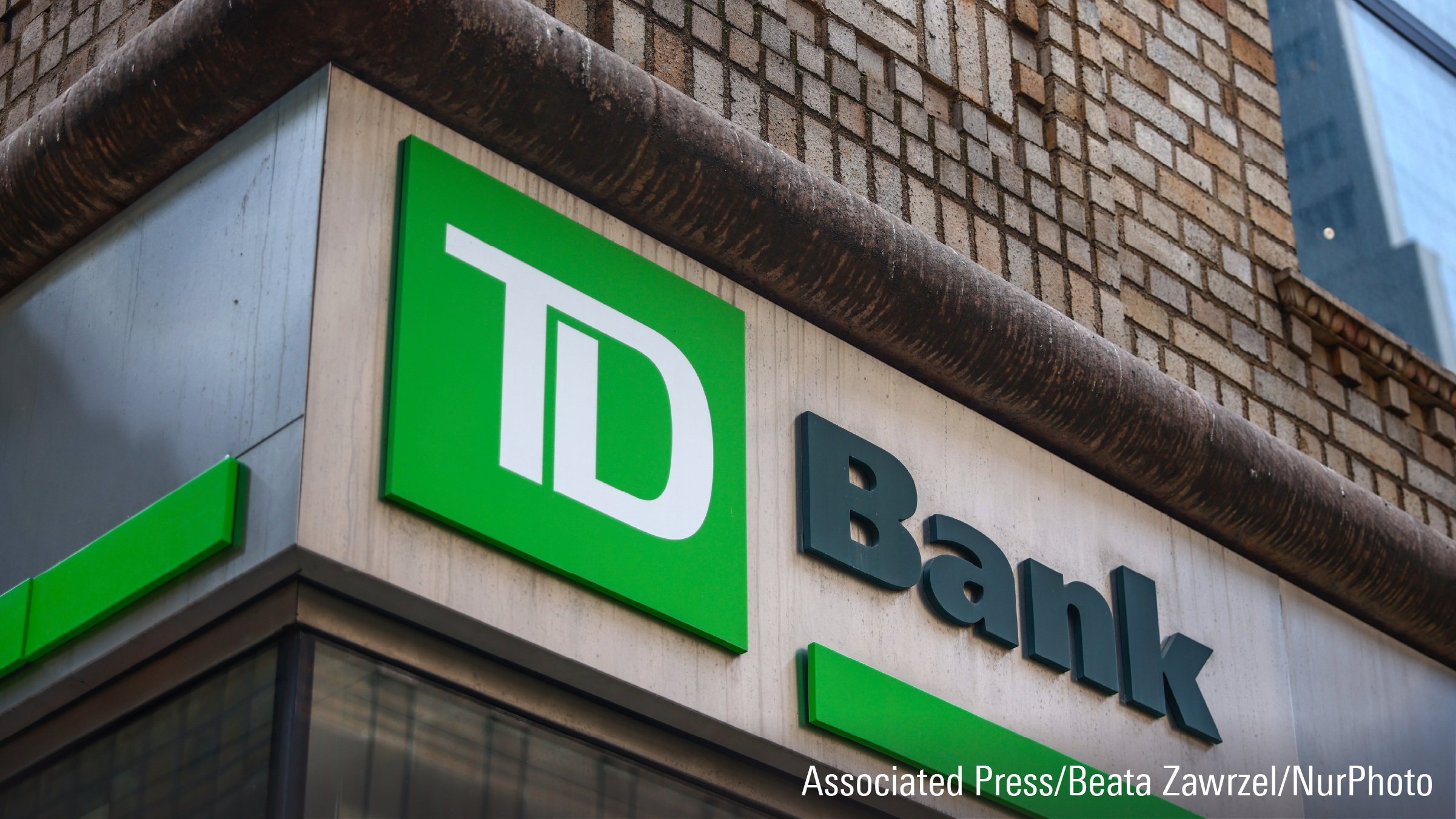See more episodes of Quant Concepts here
Emily Halverson-Duncan: Welcome to Quant Concepts virtual office edition. 2020 is certainly a year for the record books and with the upcoming U.S. presidential election, it doesn't look as though this year is going to be quieting down anytime soon. The election is set for Tuesday, November 3, and brings with it much talk and debate over who the future president will be. Politics aside, the results will likely work their way into the stock market as they've done in past. With this in mind, it may be worthwhile reviewing your investments and seeing if you're well set up for any possible impending shakeups.
In today's video, we're going to be searching for U.S. stocks that are likely to protect your capital during down markets. So, let's take a look at how to build that. First off, as always, we're going to go ahead and rank our universe of stocks. Here you'll note our universe is the S&P 500. So, it's a smaller universe and more large-cap in nature will also give way to names that you're more familiar with. The purpose of doing that over our entire universe of stocks is just to give stocks that are bigger and typically more stable in nature, rather than small-cap stocks that might experience downmarket stronger than some bigger, more established names.
In the ranking step here we've got three factors we're going to consider. Three-year beta, which looks at a stock sensitivity to the S&P 500 over the last three years, in this case, you want to have lower values. Five-year earnings per share variability, what that's looking at is a company's earnings per share over the last five years and how volatile they are. So, the more volatile, the more risky that company is assumed to be, so we want to have lower values. And then latest trailing free cash flow, and again, for that we want to have higher values to encourage profitability and cash flow on a company's balance sheet.
On the screening side, once we've gone ahead and ranked that universe, we're going to apply a few screens. First screens we apply here today market cap, we want that to be in the top two-thirds of the S&P 500. So today, that translates to over $12 billion, so it's pretty high minimum standard we've got there. Five-year earnings per share variability, we want that to be in the lower half of peers or 8.35% and below. Latest trailing free cash flow, we want that in the top third of peers, so pretty high cash flow per stock that we would be holding. And in this case, we want that in the top third, which is $6.27 per share or higher. And then lastly, long term debt to equity, we want that to be less than or equal to 1.2. The reason for this cap here is just to make sure there's not too much equity on a company's books per unit of equity.
On the sell side, we're going to go ahead and sell stocks if their five-year earnings per share variability falls in the highest half of peers or in this case, if it is 11.8% or higher. And then if their trailing free cash flow falls into the lower two-thirds of peers which is $2.56 per share or lower as of today. Once all the screens are applied, we're going to go ahead and run our backtest as we usually do, and we can see how it performed over the long term.
So here our backtest, we're running 20 stocks from April 2004 till September 2020. The benchmark here is the S&P 500 which is the same as our universe. And across that timeframe, we produced a return of 10.6% annualized which is an outperformance of 1.4% over and above the S&P 500. Turnover, which looks at how often your trading was very low at 15%. So turnover essentially is going to look at how many times you're going to have to place trades during a year at 15% you're looking at just a few trades on average in any given year. Some of the metrics that I always like to look at and that we'd be focusing on a model like this is how did it do in terms of downside protection.
So first off, downside deviation, which looks at the volatility of negative returns, for the strategy was 8.3% versus the benchmark at 9.8%. So that's on the lower end, which is good. And then second, looking at this green and blue chart here, this shows how the model did in both up and down markets. In up markets, the model outperformed 46% of the time whereas in down markets, it outperformed 76% of the time over the S&P 500. So that's the stat that we're really looking for here is to make sure when the markets going down more often than not this model or models like this are helping to protect our capital in those downswings. So, if you are a little bit nervous about what the impending volatility from the election could cause on your portfolio, these are some factors that you could consider to help reduce your overall volatility.
For Morningstar, I’m Emily Halverson-Duncan.


















